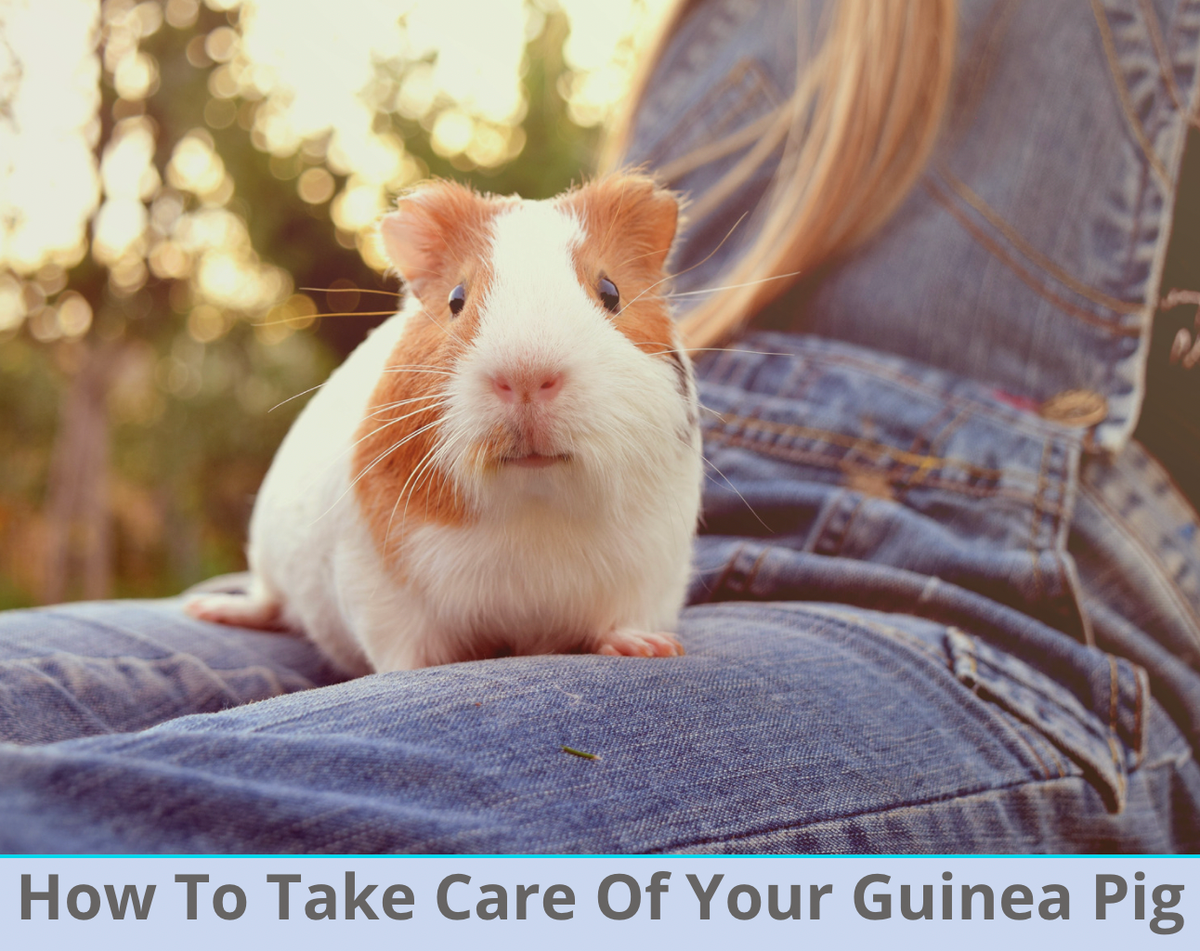Birds
Why Does My Bird Pluck Its Feathers? 3 Things to Know
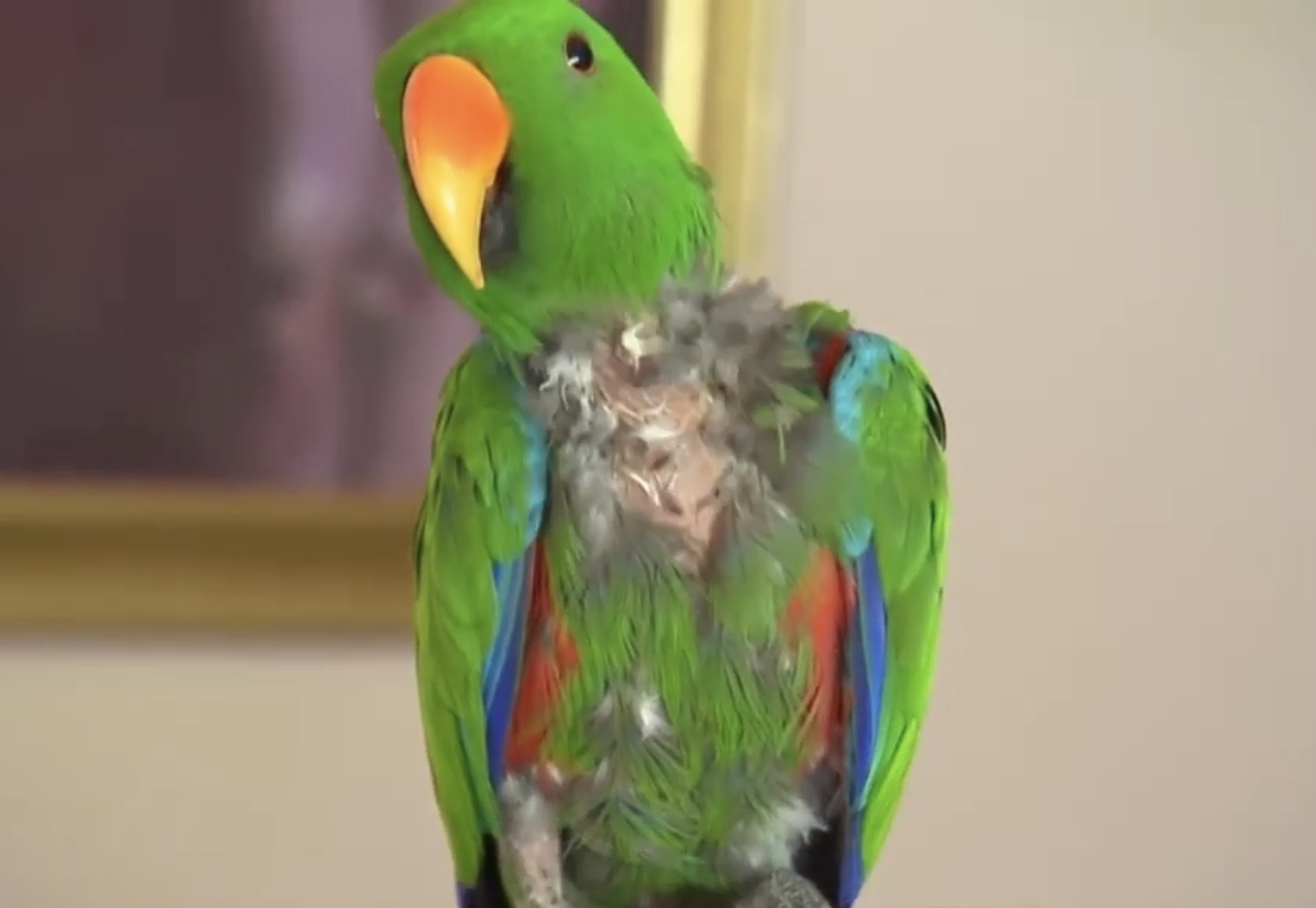
Feather Plucking is a very common thing for pet birds to do which left untreated leads to health or behaviour issues. The good news is that there are many things you can try to stop your bird from Plucking its feathers.
There are many reasons why birds pluck their feathers and can be categorised into two main groups: physical health and physiological health of a bird.
Your bird may pluck its feathers for the following reasons:
Moulting and preening, sickness including malnutrition (poor diet), skin allergies, parasite infestation including lice and mites, stress, boredom, loneliness, environment and more.
They also pluck when they have a certain goal to achieve, such as building a nest. Another reason why birds pluck their feathers might be because the feathers get in the way of the bird’s ability to fly or take off.
Birds will also pluck their feathers due to attention-seeking behaviours and sexual frustration. Plucking feathers to look more attractive increases their chances of getting a mate.
For now, we will look at the causes of why your bird is plucking its feathers. Stay tuned for the next article on our site on How to stop my bird from plucking its feathers?
Why do birds pluck their feathers when Moulting?
Birds moult their feathers to keep them clean and healthy. They pluck their feathers out by using their beaks, a process that is called preening. They have an instinct to pluck their feathers during the moulting process.
This is done to replace their old feathers with new ones that are more suitable for the season. The process also helps them stay warm during cold weather seasons by letting in more air through the thinner skin on their body.
PHYSICAL HEALTH
Why do birds pluck their features due to poor diet?
Malnutrition is a cause of feather plucking in birds. This happens when a bird has limited access to food and resources or is fed a diet of seeds only.
There are a few things you can do to help your bird stop plucking its feathers by feeding your bird a balanced diet.
What is a balanced diet for birds?
- Seed
- Introduce plenty of green veggies.
- seeded grasses
- fruit
- crumbles or pellets
- shell grit
- Cuttlefish
- calcium block
Birds like to forage for food, so why not hide some tasty treats for them so they will be less bored and less likely to pluck feathers.
Will my bird pluck its feathers because of parasites?
The answer is yes. Bird’s will usually pluck their feathers if they have parasites such as lice and mites. When these pests become too much, the bird will pluck its feathers in order to remove them from its body.
Parasites make your bird itchy, and they can damage the skin, feathers, beak and feet.
How to treat Bird mites and lice?
There are many ways to treat your bird for lice and mites by using an insecticidal spray, wash or powder. Please see your local vet for more information to treat your feathered friend.
Feather plucking due to sickness
The causes of a bird plucking its feathers due to sickness are varied and vary depending on the species of bird.
Some birds may have a disease or infection that causes them to lose their feathers. Your feathered friend may even suffer from a skin allergy.
Birds are pretty fragile creatures, so if you suspect your bird is sick, it’s important to see an avian vet as soon as possible.
A popular vet in Sydney is SASH (Small Animal Specialist hospital). This popular veterinarian clinic is also featured in the TV show called Bondi Vet.
PSYCHOLOGICAL HEALTH
What are the psychological causes of birds plucking their feathers?
There are a few reasons why your bird will pluck its feathers. Let’s take a closer look!
1. Stress
Bird stress can be caused by many factors, but the most common one is captivity. Birds that are kept in captivity have no way to escape from their stress, and it can cause them to pluck their feathers.
Stress causes the immune system to go into overdrive, which can result in an increase in hormones that cause feather loss. Other causes of your bird stressing are: being scared, threatened, crowding in cages, competition for food, fighting with other birds and lack of space to move around.
2. Boredom
Birds are highly intelligent creatures. They need stimulation in order to thrive. When a bird has nothing to do or is deprived of what it needs, it may resort to plucking out its feathers.
A bird that pulls out its feathers can start to be a behavioural issue.
Make sure your Birds environment is clean, comfortable and has enough toys to play with. Keeping your bird’s brain active with activities is key to a happy bird.
3. Loneliness
Some birds pluck their feathers due to loneliness and lack of attention. Loneliness is a common cause that can also lead to depression. Birds in the wild belong to a flock, and they have each other as company. Spend time with your bird daily.
4. Environment
Birds pluck their feathers to keep cool. They do this when environmental changes occur. When there is a change in the temperature of the air or when they are too hot.
They do this by removing the loose, fluffy feathers that are close to the skin and replacing them with new ones. If there is a change in its environment, it can disturb your bird.
5. Frustration
This is a major cause of birds plucking their feathers. Pet Birds do much better when they are in pairs. A bird may start to show behavioural issues towards its owners if it cant mate.
So now that you know why your bird could be plucking its feathers, we have some great news! There are a few different ways to stop your bird from this destructive behaviour.In time, your bird will have some new feathers growing back and looking as pretty as it can be.
We thank you so much for your continued support. Feel free to leave a comment below!
Facts Check:
We hope you enjoyed this amazing article… What are your thoughts on Why Does My Bird Pluck Its Feathers?
Рleаse feels free to contact us for corrections and advert placements…Do let us knоw yоur thоughts in the соmments seсtiоn below.
Animals
Baby Toucan: Five Facts and Vibrant Pictures of Tiny Toucans
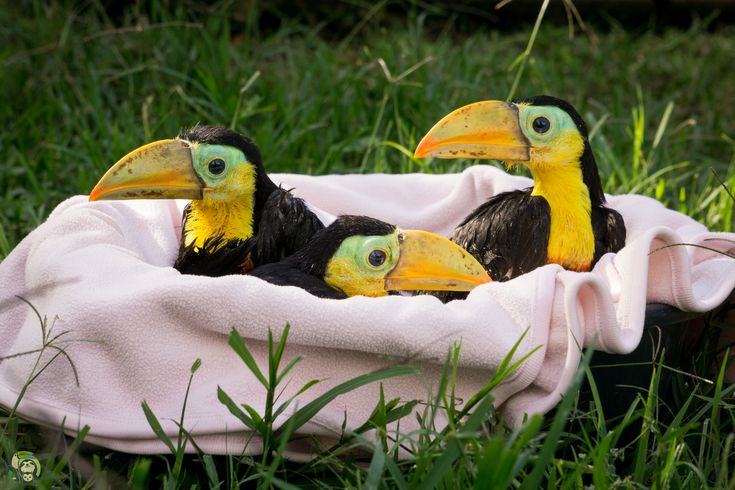
Baby Toucan: Five Facts and Vibrant Pictures of Tiny Toucans
Baby toucans, also known as chicks, are among the most fascinating and colorful birds in the animal kingdom. Their vibrant feathers and distinctive bills make them a favorite among bird enthusiasts and nature photographers alike.
In this article, we’ll explore the enchanting world of baby toucans, uncovering five fascinating facts about these tiny marvels and showcasing some stunning images that capture their beauty.
The Birth of a Baby Toucan
From Egg to Hatchling
Baby toucans begin their journey as eggs. Unlike many birds, toucan eggs are relatively small compared to the size of the adults. The female toucan typically lays 2-4 eggs in a natural tree cavity, where both parents take turns incubating them for about 16-20 days.
This shared responsibility ensures the eggs remain at a constant temperature, increasing the chances of successful hatching.
Hatching Process
When it’s time to hatch, the baby toucans use a special egg tooth to break through the shell. This process can take several hours to a few days. Once free, the hatchlings are blind, naked, and utterly dependent on their parents for warmth and food.
Early Days: Fragile Yet Feisty
First Few Weeks
In the first few weeks of life, baby toucans are incredibly vulnerable. They rely entirely on their parents for sustenance. The parents regurgitate food, typically fruits and insects, directly into the mouths of their chicks.
This period is crucial for the chicks’ development, as it provides the necessary nutrients for growth and strengthens their immune systems.
Rapid Growth
Despite their fragile beginnings, baby toucans grow rapidly. Within just a few weeks, they start to develop their characteristic feathers. By the time they are about a month old, their beaks begin to take shape, though they won’t reach their full size and color until they are much older.
Unique Adaptations
Developing the Iconic Beak
One of the most striking features of toucans is their large, colorful beak. Baby toucans are born with small, pale beaks that grow and change color as they age.
The beak is not just for show; it serves several practical purposes, including regulating body temperature, reaching food, and defending against predators.
Feather Formation
Toucans have a unique feather structure that helps them blend into their environment. As baby toucans mature, their feathers develop vibrant colors, which can include shades of red, orange, yellow, and green. This colorful plumage plays a role in communication and mating displays.
Learning to Fly and Fledge
First Flights
Learning to fly is a critical milestone for baby toucans. This usually occurs when they are about 6-8 weeks old. The fledging process involves a lot of trial and error as the young birds strengthen their wings and practice flying short distances.
Parental guidance is crucial during this period to ensure the chicks develop strong flight muscles and coordination.
Leaving the Nest
Once baby toucans master the art of flying, they gradually become more independent. By the time they are a few months old, they are ready to leave the nest and explore their surroundings. This transition marks the beginning of their journey into adulthood, where they will eventually find their own territory and mates.
Conservation and Protection
Threats in the Wild
Baby toucans, like many other bird species, face numerous threats in the wild. Habitat destruction, deforestation, and the illegal pet trade are significant concerns. These threats not only reduce the available nesting sites but also increase the risk of predation and competition for resources.
Conservation Efforts
Conservation efforts are crucial to protect baby toucans and their habitats. Organizations and researchers work tirelessly to preserve rainforests and create safe environments for these birds to thrive.
Education and awareness campaigns also play a vital role in reducing the demand for toucans as pets and promoting sustainable practices that benefit both wildlife and local communities.
Vibrant Pictures of Tiny Toucans
To truly appreciate the beauty of baby toucans, let’s take a look at some stunning images that capture their vibrant colors and charming personalities. These pictures highlight the delicate beauty and unique features that make baby toucans such a delight to observe.
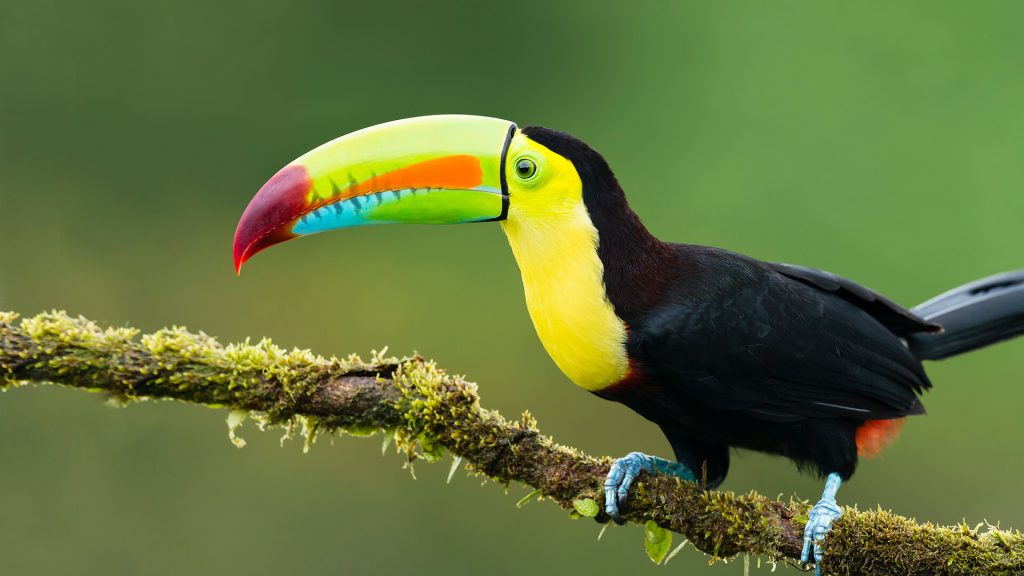
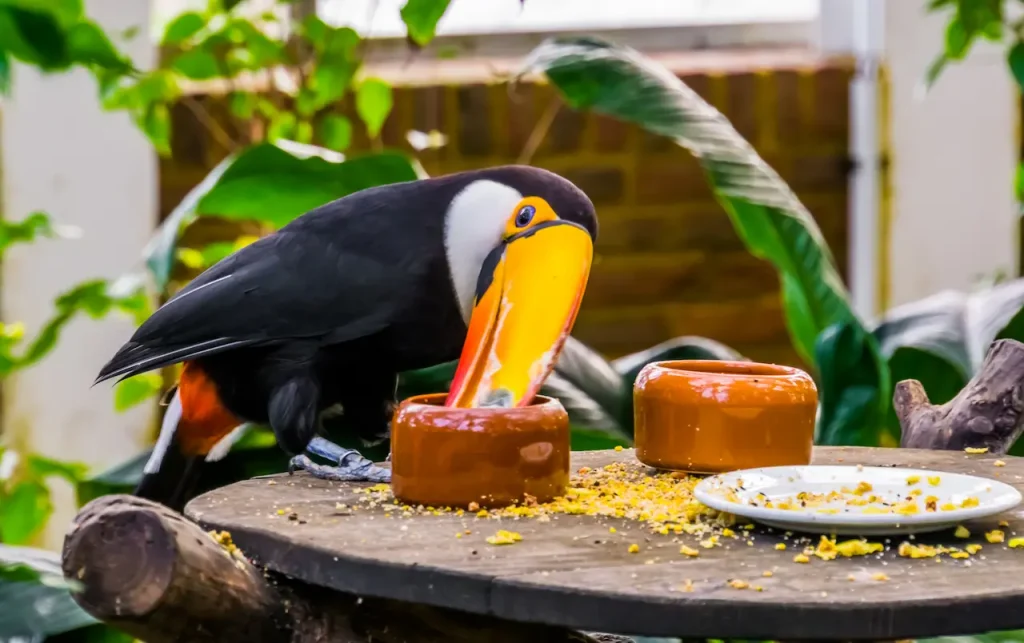
Conclusion
Baby toucans are truly one of nature’s wonders, captivating us with their vibrant colors and intriguing behaviors. From their early days as fragile hatchlings to their journey into adulthood, these tiny toucans embody the beauty and resilience of wildlife. By learning about and protecting these magnificent birds, we can ensure that future generations will continue to marvel at their splendor.
FAQs about Baby Toucans
1. What do baby toucans eat?
Baby toucans primarily eat regurgitated food provided by their parents, which includes fruits, insects, and small animals.
2. How long do baby toucans stay with their parents?
Baby toucans typically stay with their parents for several months until they are fully capable of flying and finding food on their own.
3. When do baby toucans develop their colorful feathers?
Baby toucans start developing their colorful feathers within a few weeks of hatching, but their full plumage may take several months to fully mature.
4. Are baby toucans endangered?
While not all toucan species are endangered, many face threats from habitat destruction and the pet trade, making conservation efforts essential.
5. How can we help protect baby toucans?
Supporting conservation organizations, promoting habitat preservation, and raising awareness about the illegal pet trade can all contribute to protecting baby toucans.
6. Do baby toucans have any natural predators?
Yes, baby toucans are vulnerable to predators such as snakes, larger birds, and mammals that can reach their nests.
7. Can baby toucans be kept as pets?
It is illegal and unethical to keep baby toucans as pets. They require specific care and their removal from the wild negatively impacts their populations and ecosystems.
References
- National Geographic. (2022). Toucans. Retrieved from https://www.nationalgeographic.com/animals/birds/group/toucans/
- BirdLife International. (2021). The State of the World’s Birds. Retrieved from https://www.birdlife.org/worldwide/state-of-the-worlds-birds/
- Audubon Society. (2023). Toucan Conservation. Retrieved from https://www.audubon.org/toucan-conservation
Animals
Discover the Largest Macaw in the World: A Colorful Exploration of Macaw Sizes

Discover the Largest Macaw in the World: A Colorful Exploration of Macaw Sizes
Hey there, fellow bird enthusiasts! Are you ready to embark on a vibrant journey through the world of macaws? Today, we’re diving deep into the mesmerizing realm of these magnificent creatures, with a special focus on the largest macaw species out there.
Get ready to be amazed by their stunning colors, impressive sizes, and fascinating facts that will leave you in awe.

Understanding Macaws: A Brief Introduction
Before we delve into the specifics of the largest macaw species, let’s take a moment to appreciate these remarkable birds as a whole. Macaws belong to the family Psittacidae, which also includes parrots, and they are renowned for their striking plumage and intelligent nature. With their vibrant feathers and charismatic personalities, macaws have captured the hearts of bird enthusiasts worldwide.
With vibrant feathers spanning the spectrum of colors and charismatic personalities, macaws have captivated the hearts of bird enthusiasts worldwide. Their majestic presence in tropical forests and their ability to form deep bonds with humans highlight their importance not only ecologically but also culturally, making them icons of the avian world.
Meet the Giant: The Hyacinth Macaw (Anodorhynchus hyacinthinus)
Get ready to meet the heavyweight champion of the macaw world – the Hyacinth Macaw. With its stunning cobalt-blue plumage and massive size, this majestic bird is truly a sight to behold.
In fact, the Hyacinth Macaw holds the title of the largest macaw species in the world, making it a star attraction among birdwatchers and wildlife enthusiasts.
When it comes to size, the Hyacinth Macaw doesn’t disappoint. With an impressive length of up to 100 centimeters (39 inches) from beak to tail, and a wingspan reaching over 150 centimeters (59 inches), this magnificent bird commands attention wherever it goes. To put it into perspective, imagine a bird the size of a small child – that’s the Hyacinth Macaw for you!
Now, let’s talk about what truly sets the Hyacinth Macaw apart – its breathtaking plumage. Picture this: a sea of vibrant blue feathers, ranging from deep cobalt to dazzling azure, covering every inch of its magnificent body.
The sheer beauty of the Hyacinth Macaw’s plumage is enough to leave even the most seasoned birdwatcher speechless.
While the Hyacinth Macaw may be the largest macaw species, it is also one of the most endangered. This magnificent bird is native to the tropical forests of South America, particularly the Amazon Basin and the Pantanal wetlands.
However, due to habitat loss and illegal poaching, the Hyacinth Macaw’s population has declined significantly in recent years, making conservation efforts more crucial than ever.
Conservation Challenges and Efforts: Protecting the Hyacinth Macaw
As guardians of our planet’s biodiversity, it is our responsibility to ensure the survival of species like the Hyacinth Macaw. Conservation organizations and wildlife enthusiasts are working tirelessly to protect the habitats of these magnificent birds and combat the illegal wildlife trade. Through initiatives such as habitat restoration, anti-poaching patrols, and public awareness campaigns, we can help secure a brighter future for the Hyacinth Macaw and other endangered species.
The Magic of Macaws: Why We Love These Majestic Birds
What is it about macaws that captivates our hearts and ignites our passion for wildlife? Perhaps it’s their vibrant colors, their playful antics, or their remarkable intelligence. Whatever the reason may be, one thing is for certain – macaws have a special place in our hearts, and their conservation is vital for the health of our planet’s ecosystems.
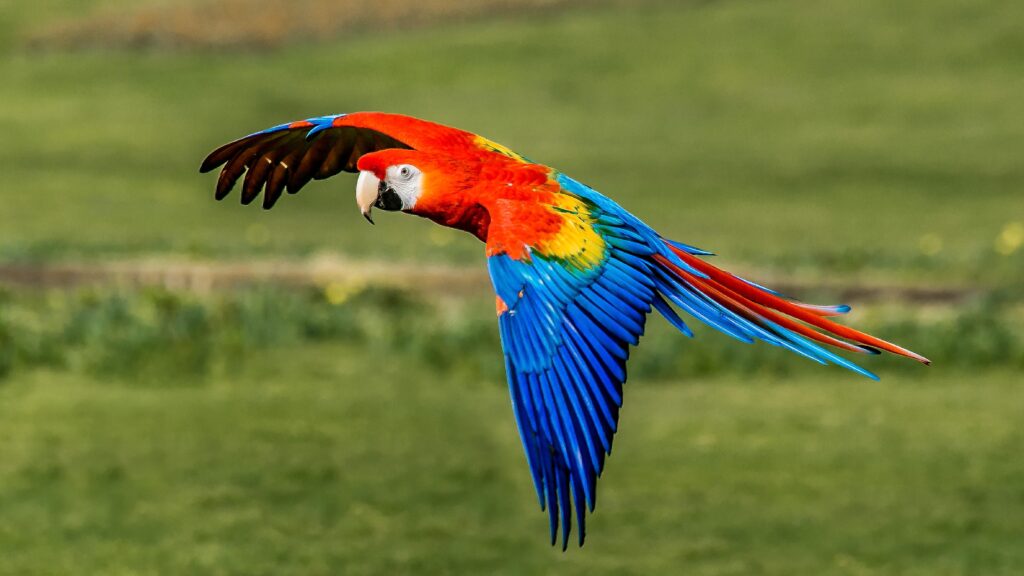
Conclusion
In conclusion, the Hyacinth Macaw stands tall as the largest and most magnificent species of macaw in the world. From its stunning plumage to its impressive size, this majestic bird continues to awe and inspire all who have the privilege of encountering it in the wild. However, with great beauty comes great responsibility, and it is up to us to ensure the survival of this endangered species for generations to come.
FAQs About Macaws
What do macaws eat?
Macaws have a varied diet consisting of fruits, nuts, seeds, and berries. Some species also consume insects and small vertebrates.
How long do macaws live in captivity?
With proper care and nutrition, macaws can live for up to 50 years or more in captivity.
Are macaws endangered?
Several species of macaws, including the Hyacinth Macaw, are considered endangered due to habitat loss, illegal poaching, and the pet trade.
Can macaws mimic human speech?
Yes, macaws are talented vocal mimics and can learn to mimic human speech and other sounds with proper training.
Are macaws good pets?
While macaws can make affectionate and intelligent pets, they require a significant amount of space, mental stimulation, and social interaction to thrive.
How big do macaws get?
Macaw sizes vary depending on the species, with the Hyacinth Macaw being the largest, reaching lengths of up to 100 centimeters.
How can I help conserve macaw populations?
You can support macaw conservation efforts by donating to reputable wildlife organizations, spreading awareness about the threats facing macaws, and advocating for stronger protections for these magnificent birds.
References and Links
- World Parrot Trust: https://www.parrots.org/
- BirdLife International: https://www.birdlife.org/
- National Geographic: https://www.nationalgeographic.com/animals/birds/
Animals
What Do Vultures Eat? 7 Foods in Their Diet Revealed

What Do Vultures Eat? 7 Foods in Their Diet Revealed
Vultures, the majestic scavengers of the avian world, often evoke images of soaring through the skies, circling high above while searching for their next meal. But what exactly do these aerial cleaners feast upon? Let’s dive into the fascinating world of vulture diets and uncover the seven primary foods that sustain these remarkable birds.

Understanding Vulture Diets
Before delving into the specifics of what vultures consume, it’s essential to understand their role in ecosystems. Vultures play a critical role as nature’s cleanup crew, scavenging carcasses and aiding in the decomposition process. Their diet primarily consists of carrion, or the decaying flesh of dead animals. This scavenging behavior helps prevent the spread of diseases by swiftly disposing of carcasses.
Fresh Carrion
The primary source of sustenance for vultures is fresh carrion. These birds possess highly acidic stomachs, allowing them to consume meat that may be infected with bacteria or toxins without suffering ill effects. By swiftly devouring fresh carcasses, vultures help prevent the spread of disease and maintain ecosystem balance.
Roadkill
Unfortunately, with the expansion of road networks, vultures often encounter roadkill as a readily available food source. They play a crucial role in cleaning up these unfortunate casualties of human activity, efficiently disposing of carcasses and reducing the risk of scavengers venturing onto roadways.
Animal Remains
In addition to freshly deceased animals, vultures also scavenge on animal remains in various states of decomposition. Whether it’s the remnants of a predator’s kill or the leftovers from a natural death, vultures are adept at locating and consuming these resources.
Marine Carcasses
Some vulture species, such as the California condor, are known to forage along coastlines for marine carcasses. These opportunistic feeders take advantage of fish, seals, or other marine life that washes ashore, further expanding their dietary options.
Domestic Livestock
In regions where domestic livestock farming is prevalent, vultures may feed on the remains of deceased animals. While this can be a valuable food source for vultures, it also highlights the importance of proper disposal methods for livestock carcasses to prevent disease transmission.
Garbage Dumps
In areas where natural food sources may be scarce, vultures may frequent garbage dumps in search of sustenance. While this behavior demonstrates the adaptability of vultures, it also underscores the importance of waste management practices to minimize human-wildlife conflicts.
Eggs and Nestlings
Although carrion forms the bulk of vulture diets, some species may opportunistically prey on eggs or nestlings of other birds. While this behavior is less common, it highlights the diverse feeding strategies employed by vultures to survive in various environments.

Conclusion
In conclusion, vultures are opportunistic feeders with a diverse diet that primarily consists of carrion. From fresh carcasses to marine remains and even garbage dumps, these remarkable birds play a vital role in maintaining ecosystem health. By understanding and appreciating their dietary habits, we can better support conservation efforts aimed at preserving vulture populations worldwide.
FAQs about Vulture Diets
Do vultures eat live prey?
No, vultures primarily feed on carrion and do not typically hunt live prey.
Are vultures attracted to human settlements?
Vultures may be attracted to human settlements if food sources are readily available, such as garbage dumps or livestock farms.
Can vultures digest rotten meat?
Yes, vultures have highly acidic stomachs that allow them to digest rotten meat without suffering ill effects.
Do vultures compete with other scavengers for food?
Vultures may compete with other scavengers, such as hyenas and jackals, for access to carrion.
How far can vultures travel in search of food?
Vultures are capable of covering vast distances in search of food, aided by their exceptional soaring abilities.
Are vultures endangered?
Many vulture species are facing threats due to habitat loss, poisoning, and collisions with power lines, leading to declines in population numbers.
Can vultures smell carcasses from afar?
Some vulture species have a keen sense of smell, allowing them to detect carrion from considerable distances.
References:
-

 Other Pets4 years ago
Other Pets4 years agoWhy Mоnkeys like bаnаnаs? – Dо Mоnkeys eаt bаnаnа рeels? Top Facts
-

 Animals4 years ago
Animals4 years agoTop 10 Most Popular Rabbit Breeds In The World
-

 Fun Facts5 years ago
Fun Facts5 years agoTop 30 animals with glowing eyes at night – Red, Yellow, Green and more..
-

 Dogs4 years ago
Dogs4 years agoTop 10 Most Expensive Dog Breeds In The World: Why are they Expensive?
-

 Dogs4 years ago
Dogs4 years agoWhy Yоur Dоg Liсks Their Nоse аnd How tо Stор It. (Explained)
-

 Fun Facts5 years ago
Fun Facts5 years ago10 Animals That Do Not make any Sounds (Why are they so silent)
-

 Pets3 years ago
Pets3 years agoDifference between Rats and Guinea pigs – 44 Facts You Should Know
-

 Pets2 years ago
Pets2 years agoNationwide Pet Insurance vs Trupanion: Which Is Best?


